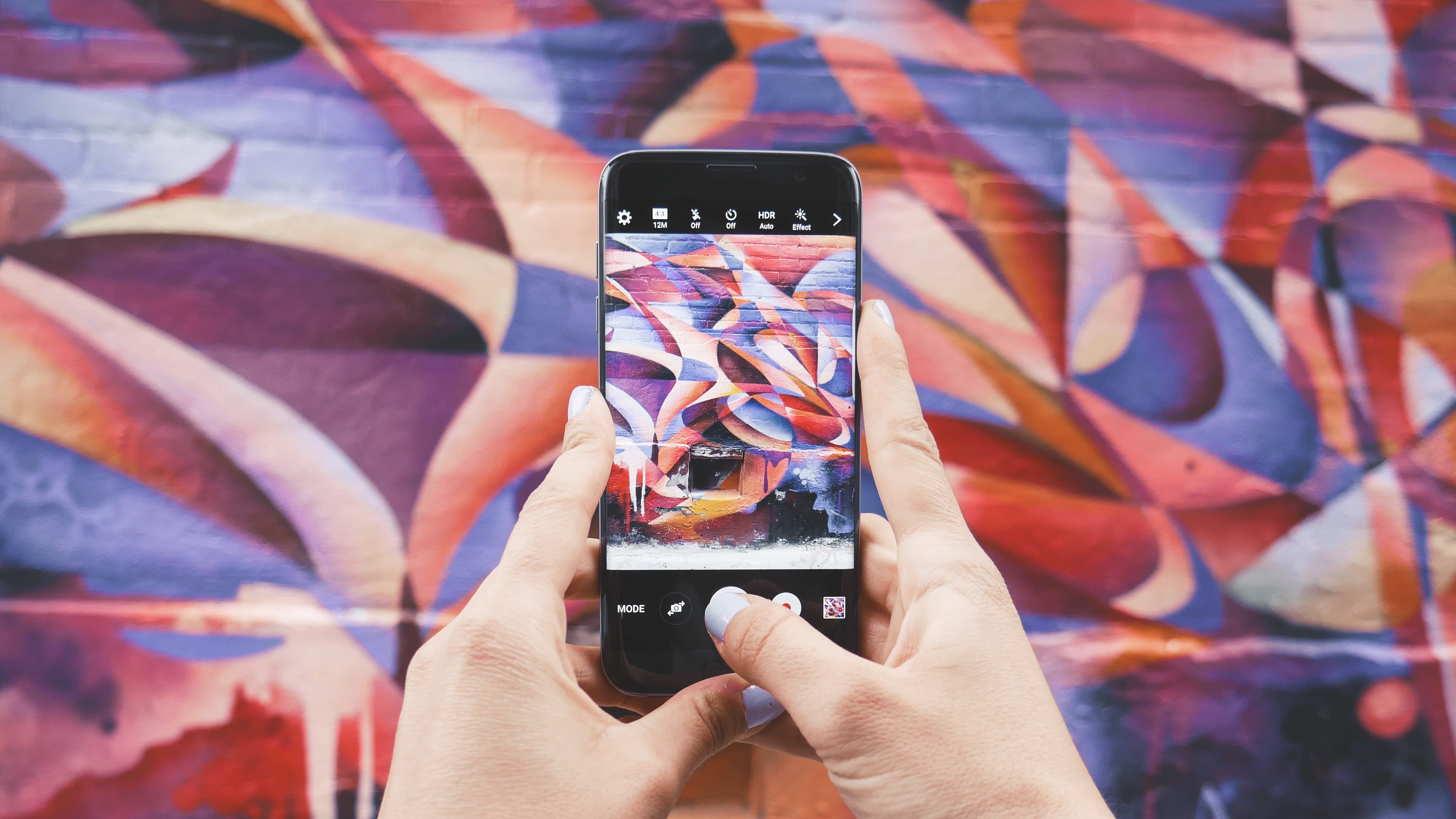Augmented Reality, or AR, is no longer a phrase that we associate with “the future” or science fiction, but one used increasingly in our world as the bridge between real-world environments and the virtual worlds we see ahead.
The freedom to create elements digitally to form a ‘reality’ overlaid with computer generated information means consumers can now visualise the once unknowable, improve their lives, and even interact with brands and companies in an unprecedented way. The fact this is happening on smartphones, means this technology is now available to everyone and here to stay.
What are the benefits of Augmented Reality?
In a world of increased interactivity with greater importance on experience being placed by our younger generations, Augmented Reality is potentially the king. Brands are now able to create multi-faceted experiences along all aspects of the customer journey, and consumers can visualise products at their fingertips in a home environment. The days of having to try on heaps of clothes will be in the past, you’ll never make a bad kitchen paint choice again and you can map out every furniture choice before lugging that sofa up the stairs to see it doesn’t suit. We have moved past the novelty of Pokemon go and funny snapchat filters and into a time where convenience now means trying things on for size from your smartphone.
Who’s doing augmented reality well?
Recent champions of this computer-generated visualisation technology are Ikea, who through their dedicated Ikea Place app, are allowing consumers to combine their real and virtual worlds to bring their dream home to life. Through doing so, they are not detracting from their brand, or their in-store experience, but expanding their offering to let their customers create their ideal future environments.
Brands adopting this new technology to enhance their customers experiences will continue to come out on top in their sectors. Forget trawling the aisles of make-up stores with empty testers, bad lighting and lack of mirrors, L’Oreal are paving the way with the acquisition of modiface to allow shoppers to try on lipstick. By bringing this virtual experience into existence, companies are making the full customer journey that little bit more seamless.
What does the future hold?
Looking to the future of AR, investment is building, with the industry expected to be worth over $25 billion and rising by 2022. With applications in most industries, from healthcare, navigation, property and entertainment, the uses are limitless and the potential investment opportunities are huge. With clear evidence on return on investment in the companies that have made use of this technology, it’s an exciting time to be working with AR.
Here at Underscore, AR is something that we are keeping a close eye on and building into our innovation deck that drives our client solutions; while still in its infancy, we think it brings genuinely exciting times and more creative freedom for the world we live in. The future looks bright, and the future looks digital.
